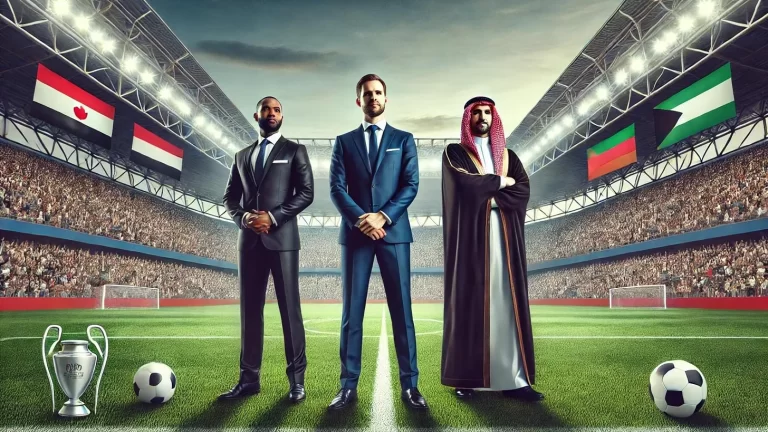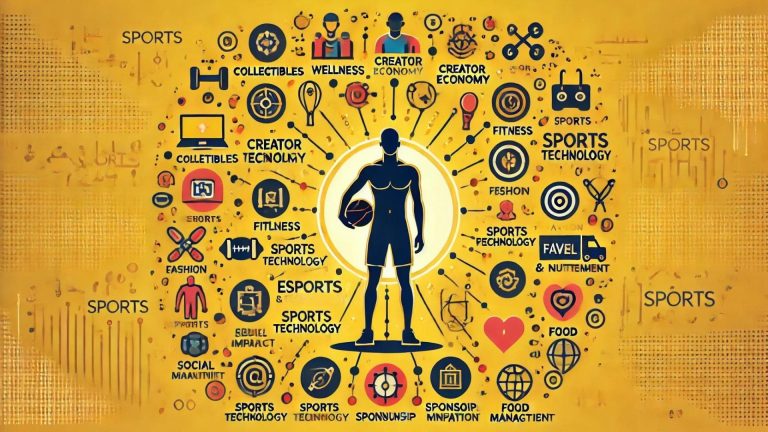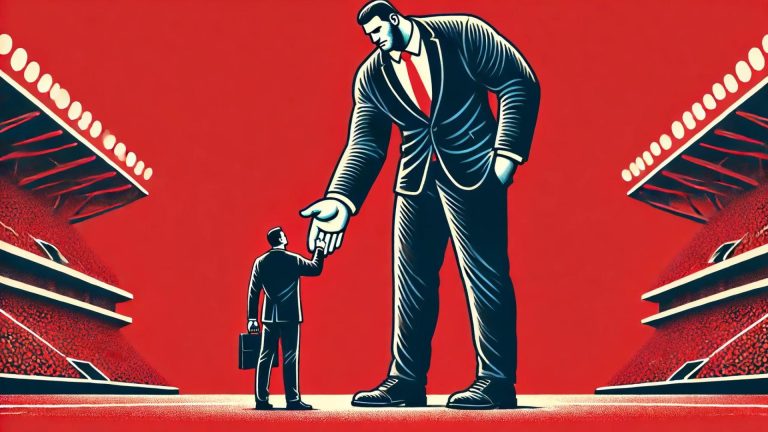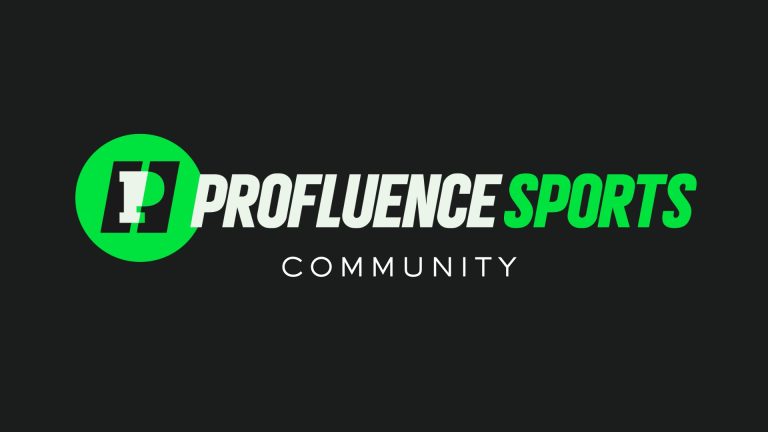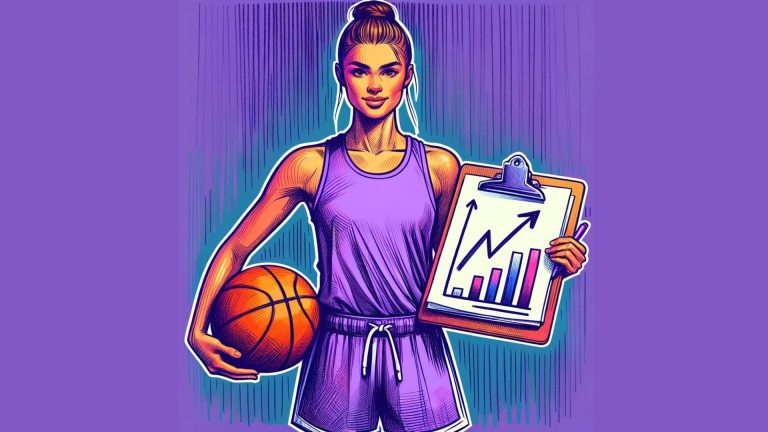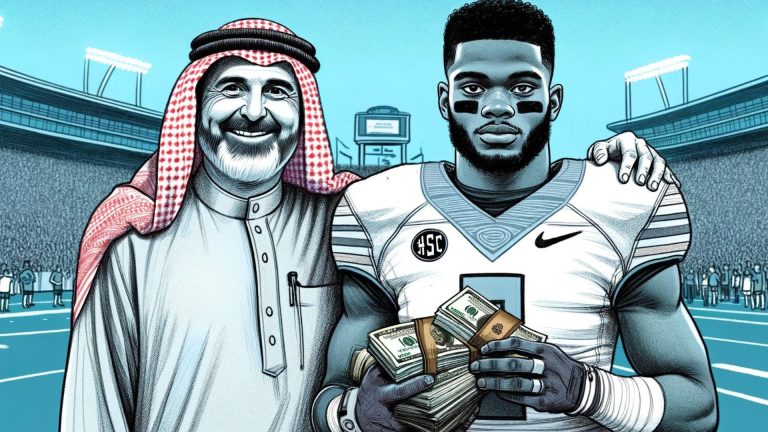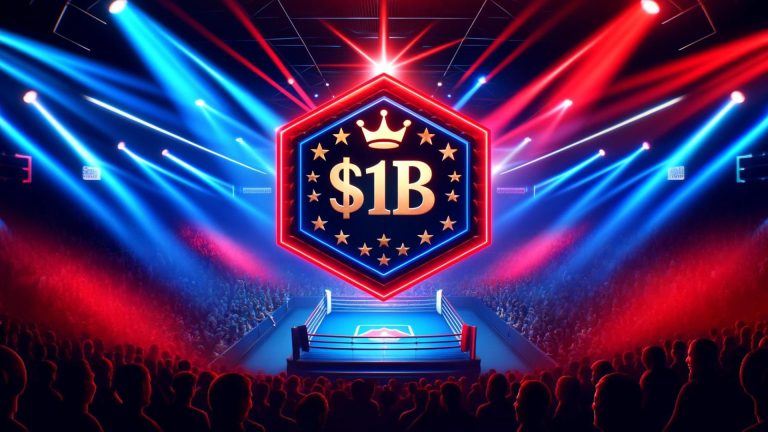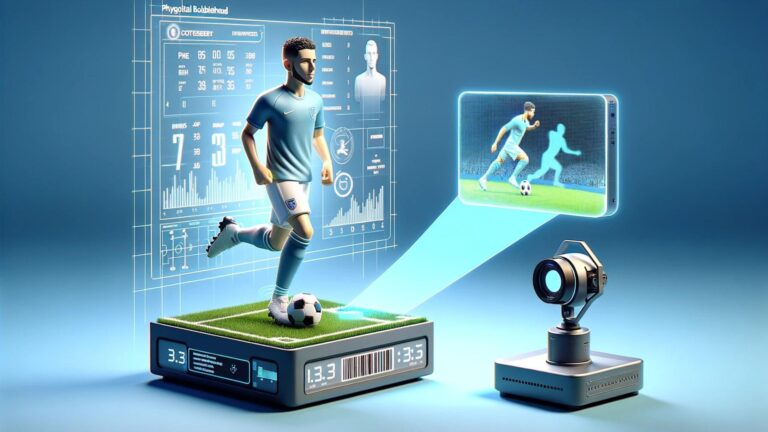Sports are about storytelling…
And over the years, many athletes have been upset about how their story is told.
Social media, docuseries, and the rise of athlete empowerment are helping to transform this right before our eyes.
In just the last week:
- Serena Williams announced the launch of 926 Productions and secured a first-look deal with Amazon Studios.
- Tom Brady and Michael Strahan’s production company Religion of Sports acquired Jiva Maya, a UK-based media company.
- Naomi Osaka’s media company Hana Kuma raised a $5M round.
- Steph Curry said that his documentary “Underrated” will hit theaters and streaming platforms in July.
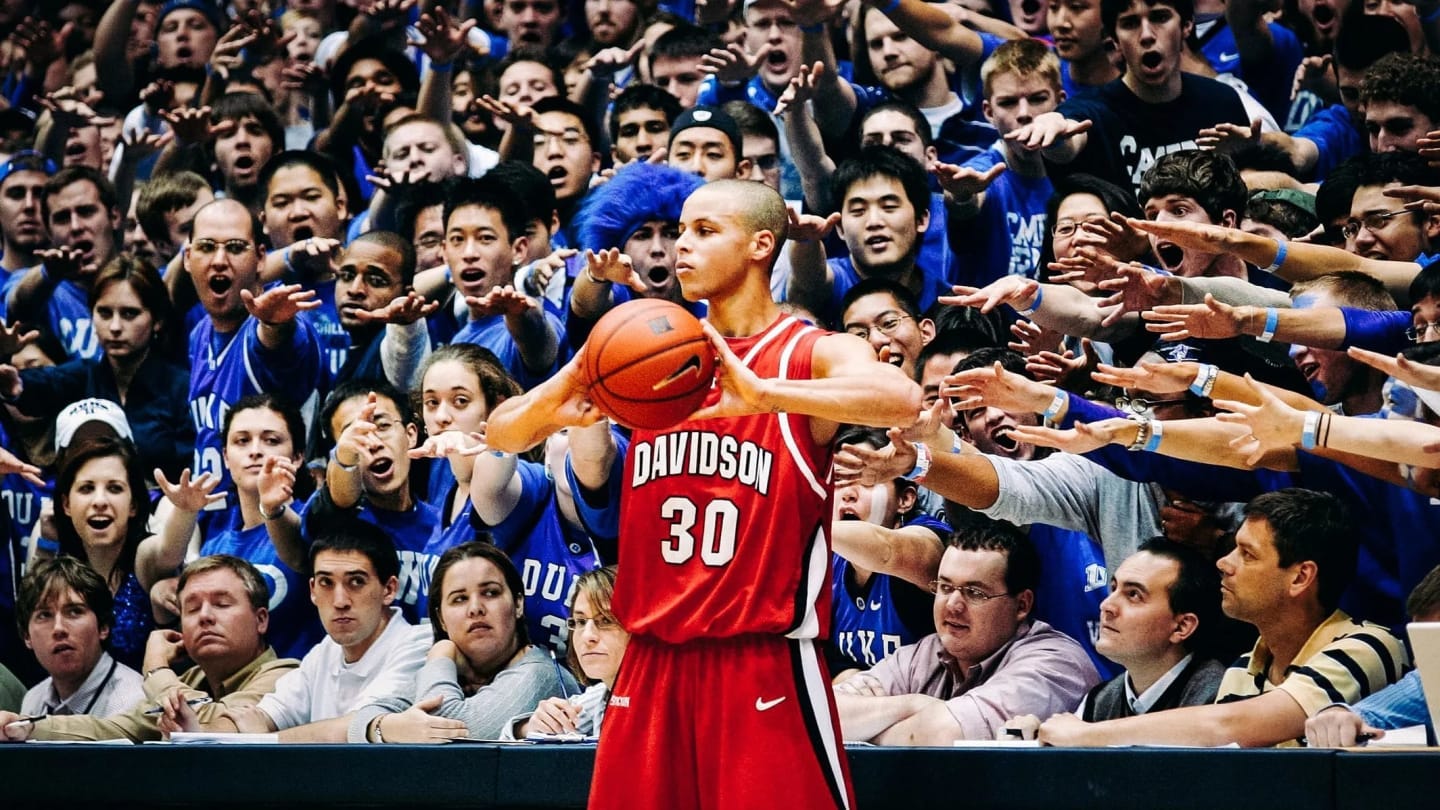
Sports are unique because it’s the only type of content you have to watch in real time.
However, the stories are typically much deeper than they appear on TV (and docuseries have become insanely popular over the years).
This is an interesting one — let’s dive in 👇
Rise of Sports Documentaries
The first documentary to ever hit the screens was “Nanook of the North” in 1922. It was a true story about an Inuk man who endures brutally harsh winter conditions as he searches for food and trade.
Documentaries have remained popular throughout the years, but the love for non-fiction sports stories is still relatively new.
And most of it can be credited to…
ESPN.
Who as part of their 30th-anniversary celebration, looked back at notable sports happenings that occurred from 1979 to 2009 with this documentary series “ESPN 30 for 30”.
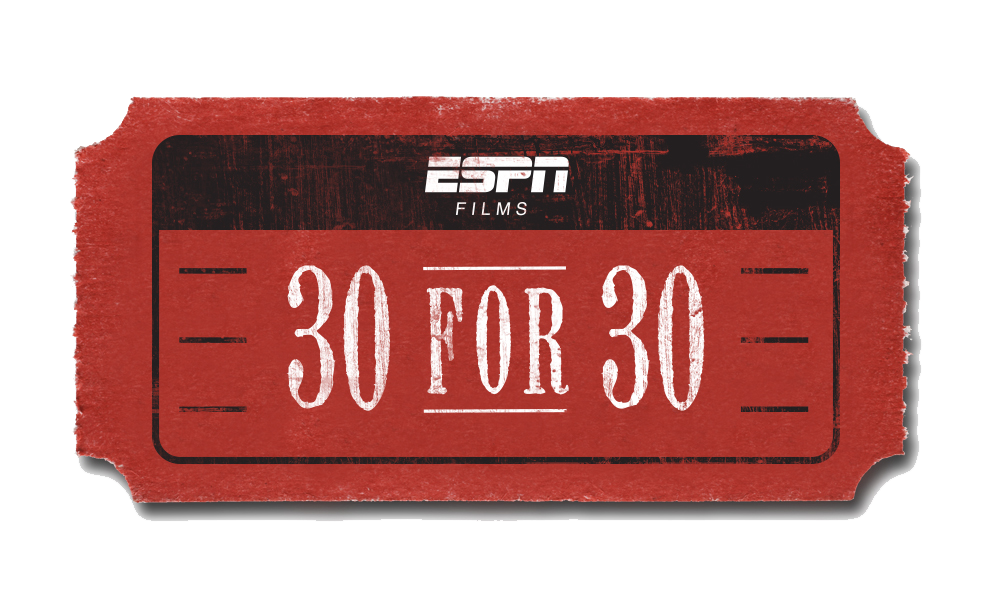
The rise of streaming platforms took this to the next level…
Here are some of the most popular sports docs of the last decade:
- Full Swing
- Break Point
- Last Chance U
- The Last Dance
- The Redeem Team
- Untold Netflix Series
- Sunderland ‘Til I Die
- Dark Side of the Ring
- Welcome To Wrexham
- Formula 1: Drive to Survive
Most of the top sports docs have come from ESPN (and recently Netflix).
But we also have Apple, Amazon, HBO, Hulu, and others now entering the space.
Athletes & Their Media Companies
While the media conglomerates have done a nice job telling these stories (many athletes aren’t in full control of how they’re told).
For example, in Netflix’s golf docuseries “Full Swing” they portray Rory McIlroy and Brooks Koepka in completely different ways.
You leave the screen…
- liking McIlroy
- having some distaste toward Koepka
Lebron James understands this (and was one of the first athletes to create his own media arm in SpringHill Entertainment).
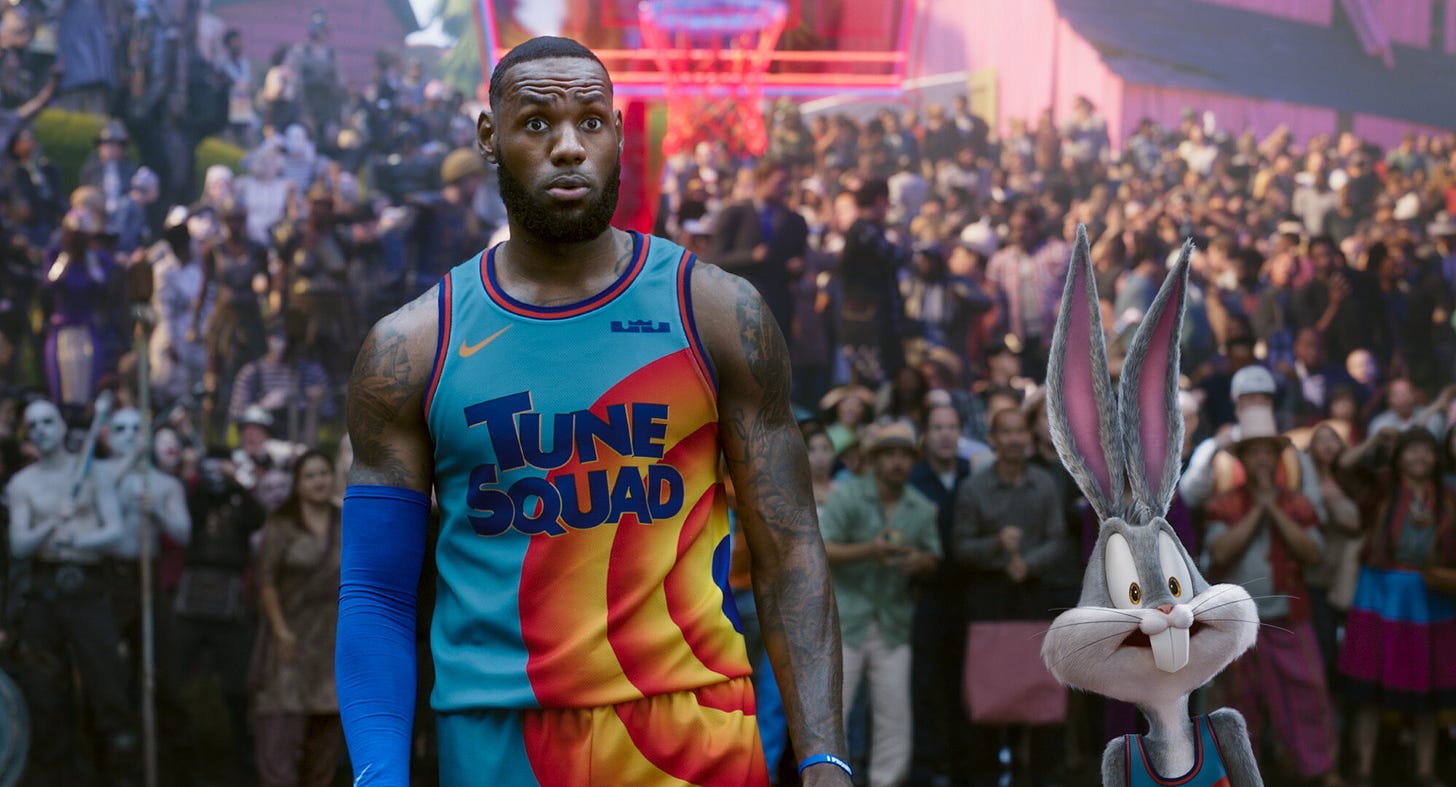
Athletes with their own production arms:
- Dwayne Wade: ZZ Prods.
- Naomi Osaka: Hanu Kuma
- Chris Paul: Oh Dipp Prods.
- Tom Brady: Religion of Sports
- Kevin Durant: Thirty Five Media
- Steph Curry: Unanimous Media
- Serena Williams: 926 Productions
- Lebron James: SpringHill Entertainment
It is basketball heavy with Carmelo Anthony, Jimmy Butler, Paul George, Draymond Green, and Blake Griffin also looking to enter the space.
“The Emergence of Athlete Podcasts” is playing into this trend as well.
The Athlete Thought Process
Star athletes are aiming to set up what many would call a “family office” type environment.
They want to have their own:
- Agency
- Media arm
- Venture fund
- Advisory board
- Production company
Only a few are able to do this (as seen above).
But it’s extremely powerful and will create generational wealth for those that have the ability to pull if off.
League Owned Media
One of the problems that many athletes face is that the leagues often own the content — and they have to pay to license it.
For example, none of the players got paid directly to be in Netflix’s “Full Swing” docuseries.
However — the PGA Tour, Augusta National, and the USGA made a lot of money for the rights.
Another classic example…
During the 2010 Masters, Phil Mickelson famously hit a shot from the pine straw to the 13th green at Augusta National.

If someone wanted to use that clip — the total cost was $3.5 million, which was three times what Mickelson earned for winning the tournament.
Here’s what Mickelson had to say about it:
“If I had access to my own media, I would have a camera & microphone on my hat, my caddie’s hat, and my golf bag with a 360 view.
And I would bring the viewers in. They would see and hear what is going on.
But none of that happens currently because why would any player do that? To make millions more for the tour? They already make enough.”
You can see why Mickelson joined LIV…
Looking Ahead
Every star athlete now has the ability to create their own little empires.
Social media shifted a lot of the power back to athletes (insane contracts and endorsement deals ignited that as well).
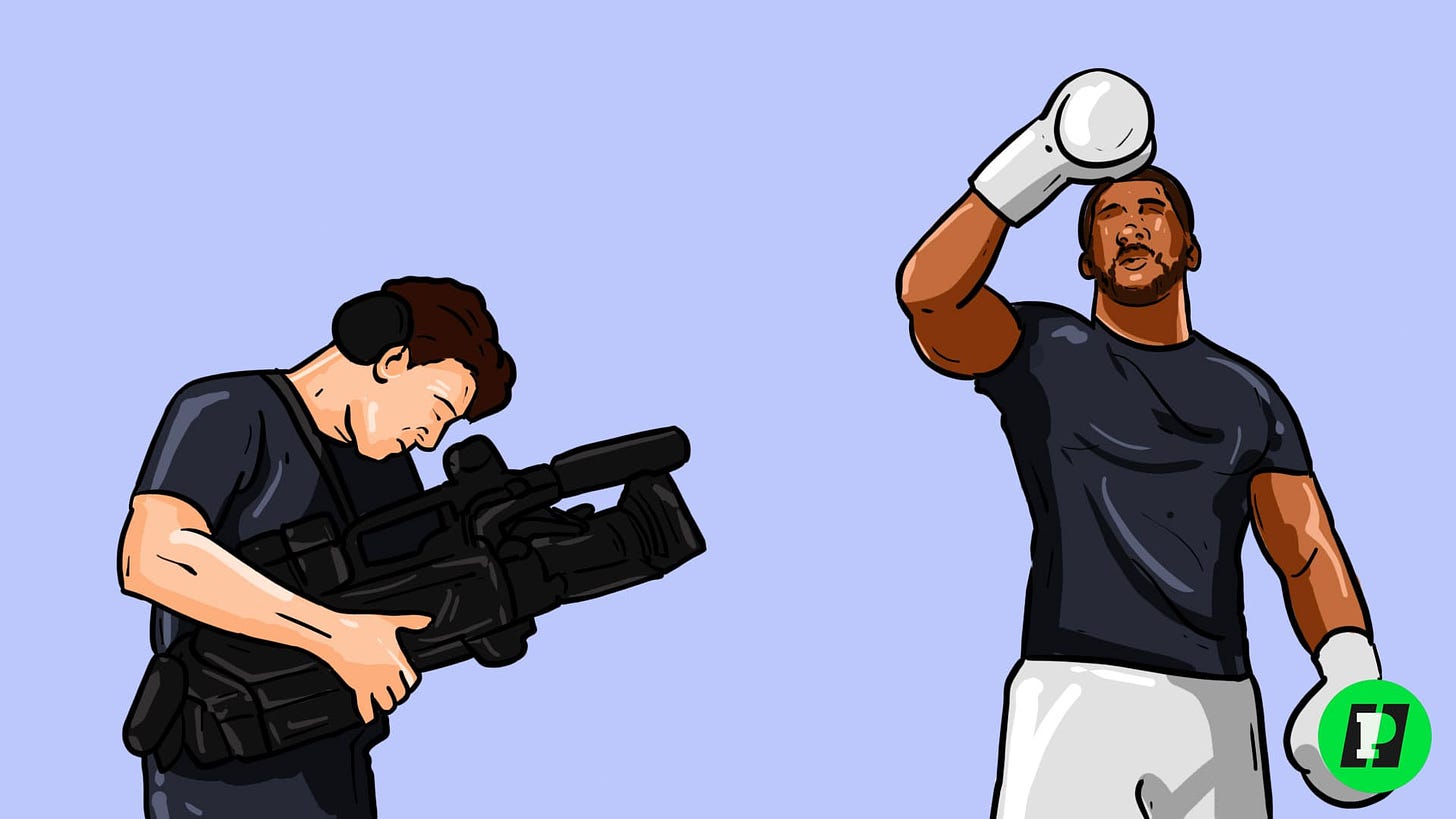
And in recent years, many major sports leagues have noticed a decline in interest from younger demographics.
Documentaries have been a way for leagues to reach these previously-uninterested demographics — by creating a mechanism for fans to connect with the personalities in the sport.
With NIL legalized in the collegiate space, I expect to see an “HBO Hard Knocks” version in the near future.
I also expect more athletes to create media vehicles to tell their own stories (therefore controlling the narrative).
Exciting times ahead 🥂
